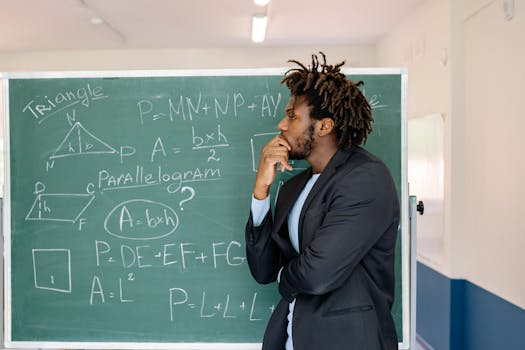Project-Based Learning: Solving Real-World Problems in School
As the world is becoming increasingly complex and interconnected, the traditional classroom model of rote memorization and standardized testing is no longer adequate in preparing students for the challenges of the real world. In order to cultivate critical thinking, problem-solving, and collaboration skills, educators are turning to project-based learning (PBL). PBL is an approach that immerses students in real-world problems, allowing them to apply their knowledge and skills to create meaningful solutions. In this article, we will explore the benefits and implementation of PBL in schools, specifically in the context of solving real-world problems.
The Power of Project-Based Learning
Project-based learning is not a new concept, but it has gained traction in recent years due to its effectiveness in engaging students and fostering deeper learning. The traditional model of education was built on a factory-like system that focused on producing workers who could follow instructions and complete repetitive tasks. However, the current workforce requires individuals who are creative, adaptable, and capable of solving complex problems. PBL provides a platform for students to develop these essential skills in an authentic setting.
Real-World Relevance
One of the main criticisms of traditional education is its lack of relevance to the real world. PBL addresses this issue by connecting classroom learning to real-world problems. By immersing students in authentic and meaningful tasks, they are able to make connections between classroom learning and real-life scenarios. This helps them understand the practical application of their knowledge and skills, making them more engaged and motivated learners.
Hands-On Learning
PBL is a student-centered approach, where students take an active role in their learning. Unlike traditional teaching methods, where students are passive recipients of information, PBL requires students to be hands-on and actively participate in the problem-solving process. By working on real-world problems, students are not only acquiring knowledge but also developing practical skills such as research, critical thinking, communication, and teamwork.
Cross-Curricular Integration
Another advantage of PBL is its ability to integrate multiple subject areas into a single project. Real-world problems are often complex and require a multidisciplinary approach. For example, a project on sustainability might involve elements of science, math, social studies, and language arts. This cross-curricular integration helps students develop a holistic understanding of a topic while also realizing the interconnectedness of various subjects.
Implementing PBL in Schools
Implementing PBL in schools requires a shift in mindset, from the traditional teacher-centered approach to a student-centered one. Teachers need to act as facilitators and provide support and guidance rather than delivering information. Here are some key components to consider when implementing PBL in schools:
Identify a Real-World Problem
The first step in implementing PBL is to identify a real-world problem that is relevant to your students’ lives. This problem should be complex enough to require critical thinking and collaboration but also within the students’ capabilities. A great way to involve students in this process is to have them brainstorm and identify problems they are passionate about solving.
Design the Project
Once the problem has been identified, the project needs to be designed. The project should have clear goals and objectives, as well as a realistic timeline for completion. The project should also incorporate multiple tasks and activities, such as research, presentations, and hands-on activities, to keep students engaged and motivated.
Involve the Community
PBL projects provide an excellent opportunity to involve the community. Community members can act as authentic audiences for the students’ work, providing valuable feedback and also giving students a sense of purpose and impact. This collaboration also allows students to see the real-world application of their work, making it more meaningful.
Assessment and Reflection
Assessment in PBL is not just about measuring the final product but also the process. Reflection is a crucial component of PBL, where students evaluate their progress and identify areas for improvement. Teachers can use a variety of methods, such as rubrics, self-assessments, and peer evaluations, to assess students’ learning. This also allows for continuous improvement and reflection in future projects.
In conclusion
Project-based learning provides an effective way to engage students and foster deeper learning. By solving real-world problems, students develop essential skills such as critical thinking, problem-solving, and collaboration, which are necessary for success in the 21st century. With the right implementation, PBL has the power to transform education and prepare students for the challenges of the real world.





